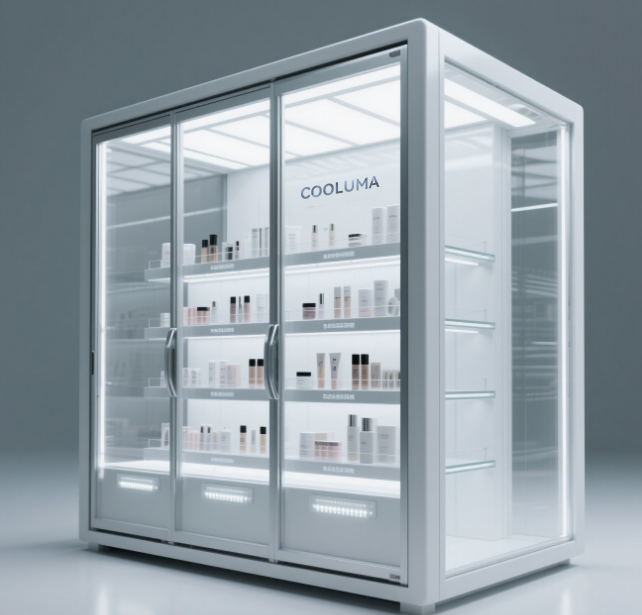Imagine coming home after a long day to a fridge that has accumulated a thick layer of frost inside, making it difficult to access your food and consume more energy. Fortunately, modern refrigerators are equipped with an automatic defrosting feature that eliminates this inconvenience. But how does this technology work? Let's dive into the science behind this frost-free convenience.

Automatic defrosting is a feature found in most modern refrigerators that prevents the buildup of frost and ice within the appliance. This technology not only enhances the usability of the refrigerator but also improves its energy efficiency. The process of automatic defrosting involves a series of mechanisms that work together to maintain the optimal temperature and prevent frost formation.
The core of the automatic defrosting system is the refrigeration cycle, which includes a compressor, a condenser, an expansion valve, and an evaporator. The compressor pumps the refrigerant through the system, and as it passes through the evaporator, it absorbs heat from the inside of the fridge, cooling the air. This cooling process can cause moisture in the air to condense and freeze, leading to frost buildup if not managed.
To combat this, refrigerators with automatic defrosting have a heating element or a defrost heater. This element is strategically placed near the evaporator and is activated at regular intervals or when sensors detect a buildup of frost. The defrost heater warms the evaporator, causing the frost to melt and the ice to break away. This melted frost is then drained through a defrost pan and a defrost drain tube, ensuring that the refrigerator remains frost-free.
One of the key benefits of automatic defrosting is energy efficiency. Manual defrosting requires the refrigerator to be turned off or the temperature to be raised, which can lead to increased energy consumption as the appliance works harder to regain its optimal cooling temperature. With automatic defrosting, the refrigerator maintains a consistent temperature, reducing the need for additional energy to cool down the interior after defrosting.
Another advantage is the convenience it offers to users. Manual defrosting can be a time-consuming and messy task, requiring the removal of food and the cleaning of the refrigerator's interior. Automatic defrosting eliminates this chore, allowing users to enjoy a consistently clean and accessible refrigerator without the hassle of manual defrosting.
The technology also helps to maintain the freshness of food. When a refrigerator is manually defrosted, the temperature fluctuations can affect the quality of stored food. Automatic defrosting ensures a stable temperature, which is crucial for preserving the freshness and taste of your groceries.
Furthermore, automatic defrosting contributes to the longevity of the refrigerator. The consistent temperature and absence of manual defrosting reduce the wear and tear on the appliance's components, such as the seals and gaskets, which can degrade over time due to frequent temperature changes and physical stress.
In conclusion, the automatic defrosting feature in refrigerators is a marvel of modern technology that offers numerous benefits. It not only saves time and effort for users but also enhances the energy efficiency and longevity of the appliance. By understanding the principles behind this feature, we can appreciate the engineering that goes into making our everyday lives more convenient and our appliances more efficient.